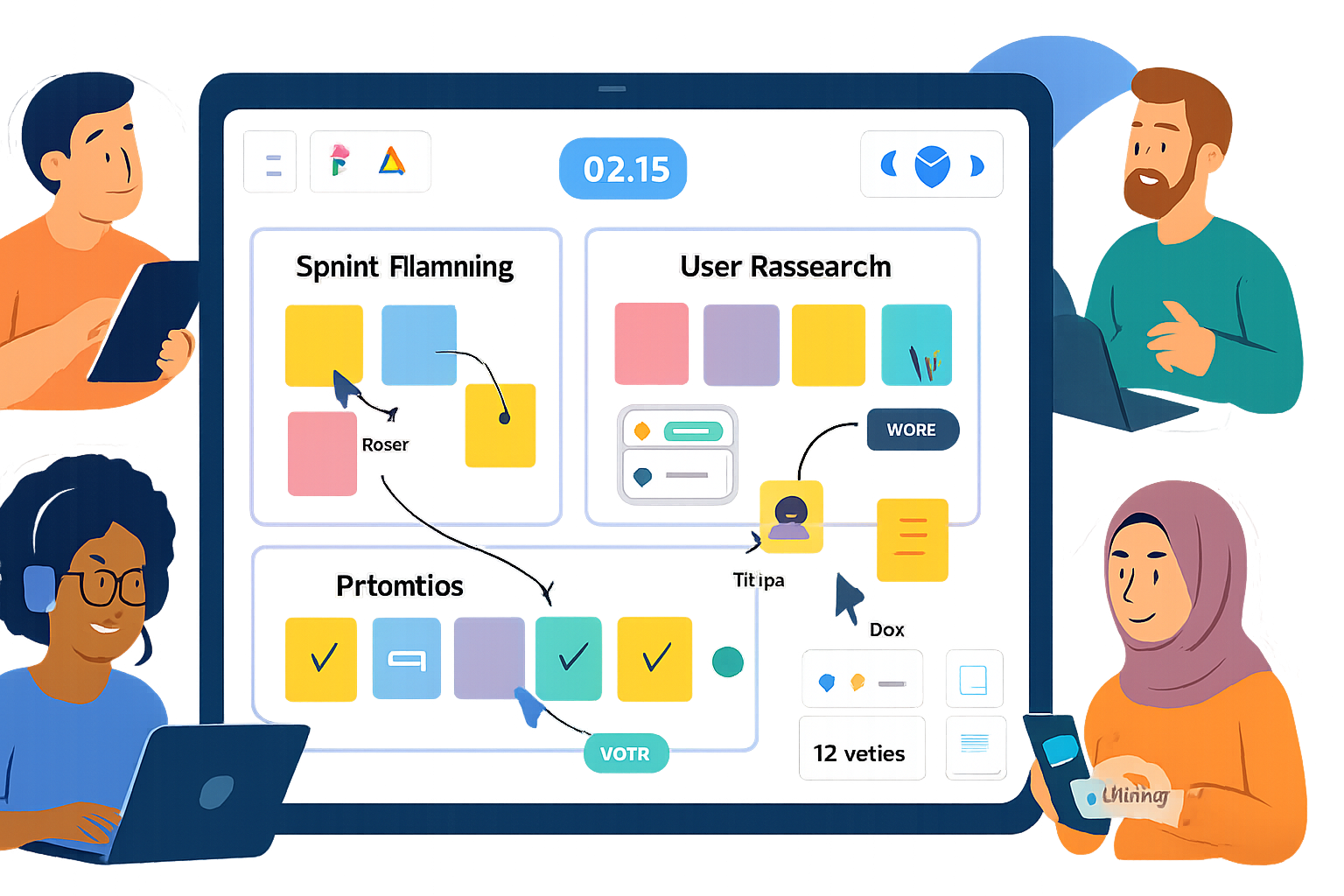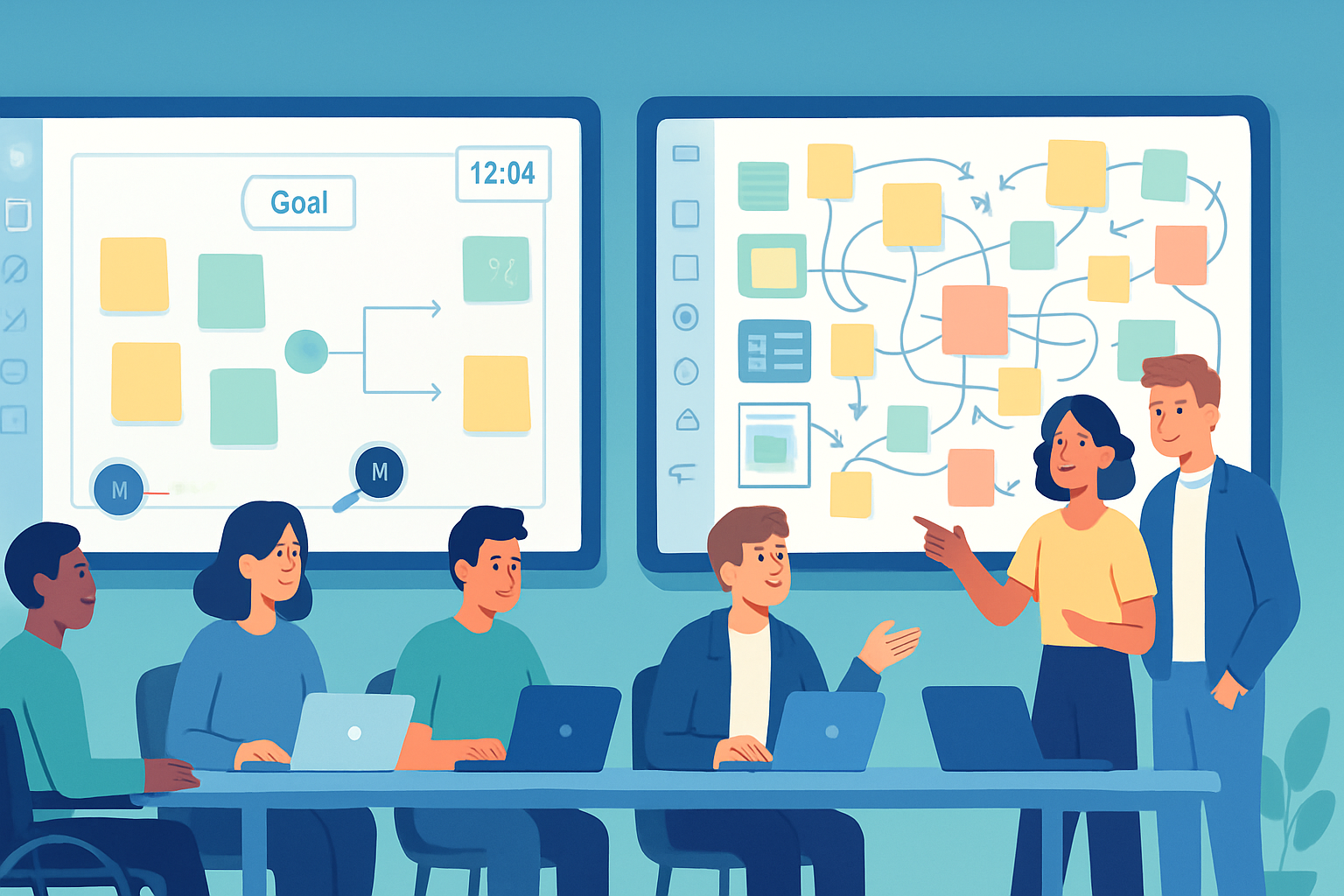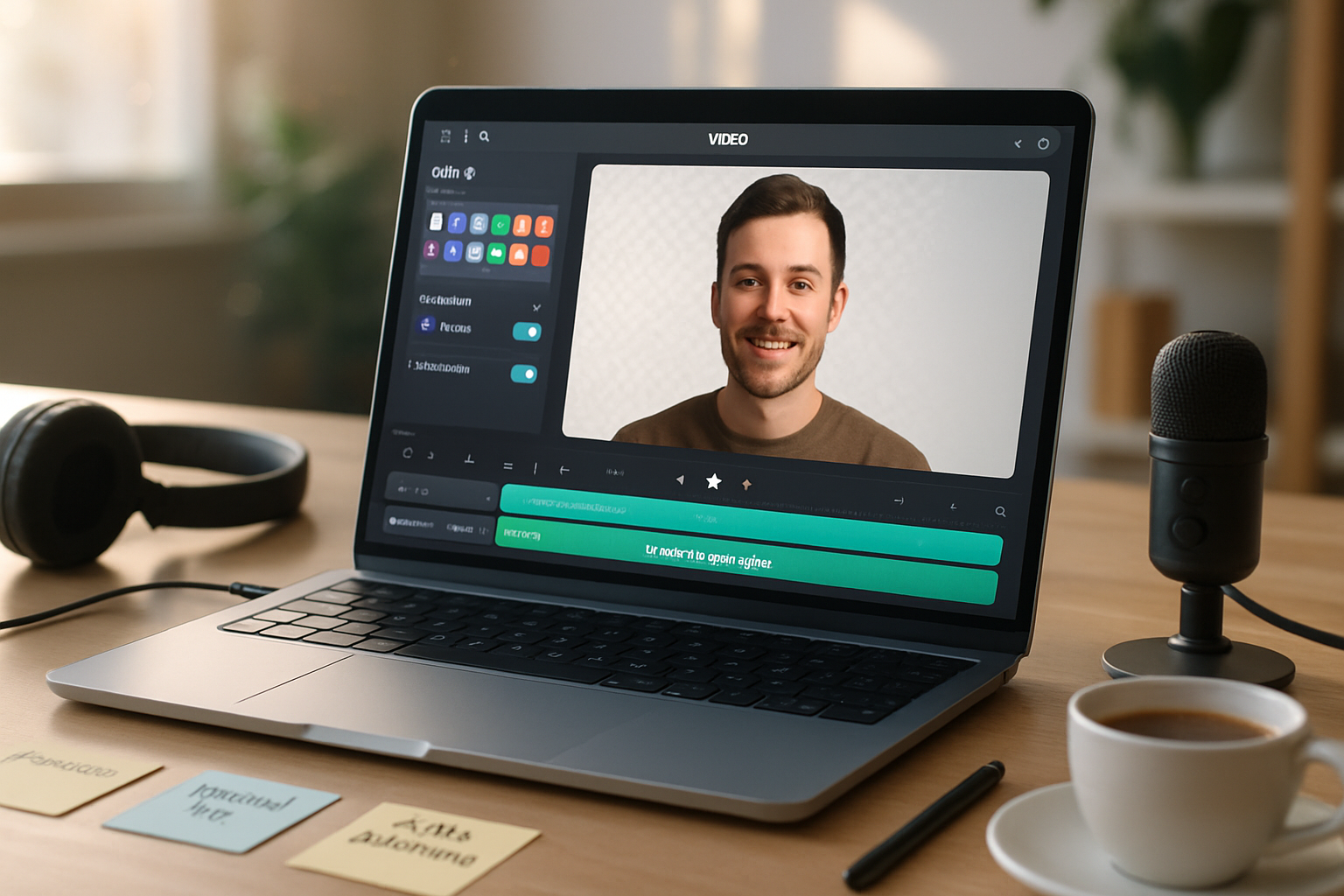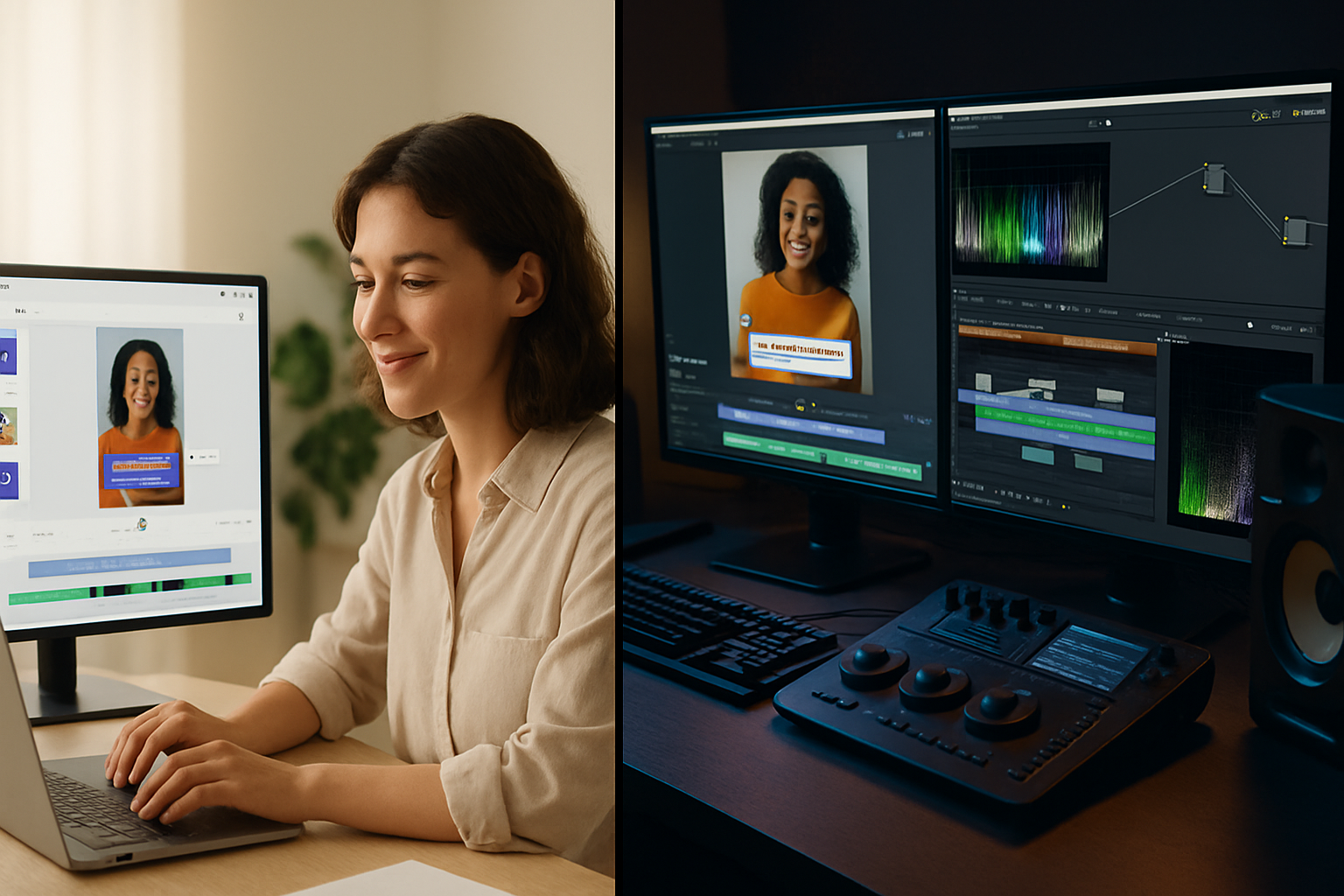· creativity · 5 min read
Unlocking the Full Potential of FigJam: 10 Tips for Ultimate Collaboration
Practical, actionable tips to level up teamwork in FigJam - from building reusable templates and running timeboxed brainstorms to using widgets and plugins that speed up clustering, voting, and handoffs.
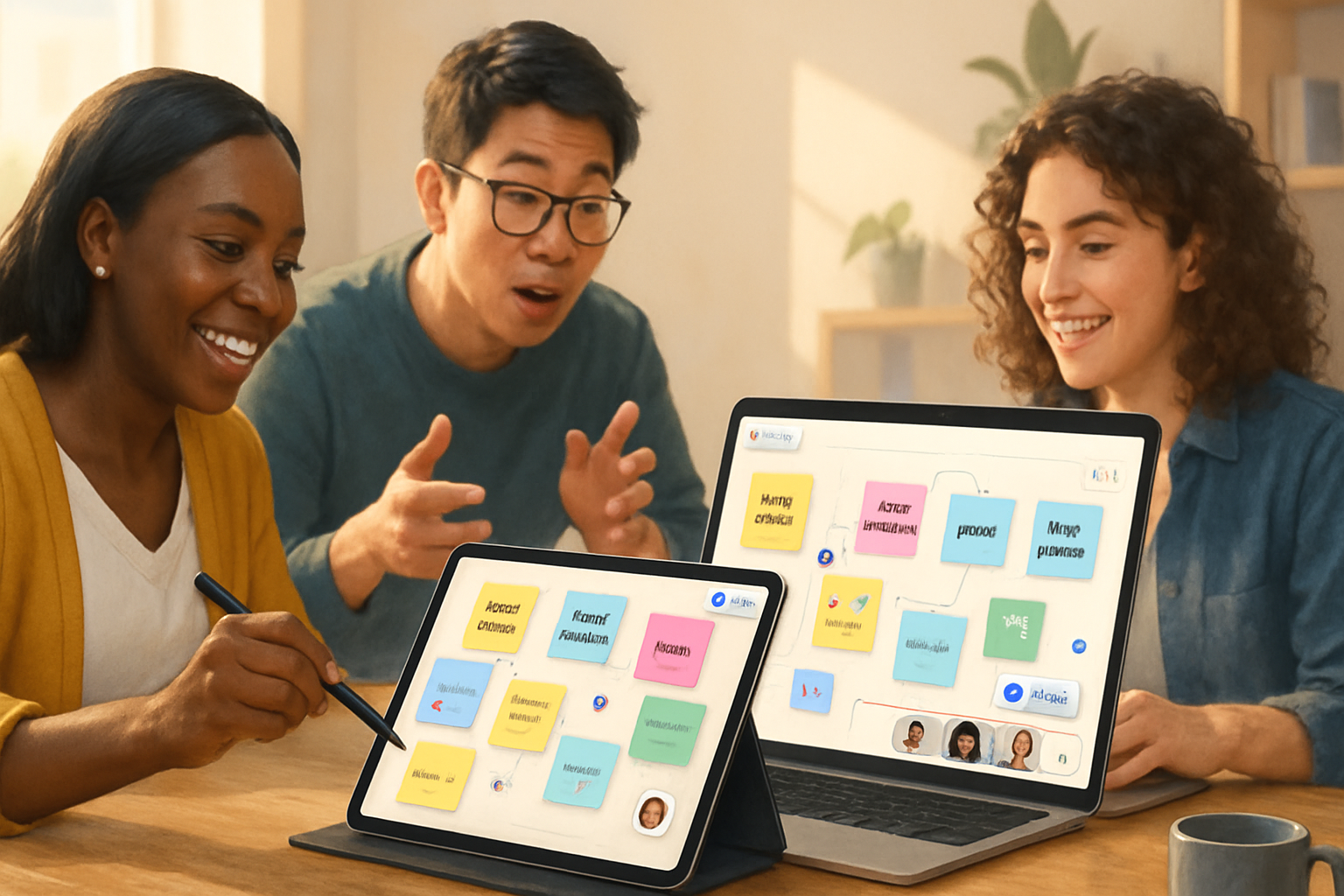
FigJam is one of the most approachable collaborative whiteboards available: lightweight, flexible, and tightly integrated with design workflows. Whether you’re running a sprint kickoff, a design critique, a remote workshop, or a retro, FigJam lets teams capture ideas, align quickly, and move from insight to action.
Below are 10 practical, high-impact tips to help you unlock FigJam’s full potential and facilitate better collaboration.
1) Start with a clear board structure (use frames as your backbone)
A messy board slows teams down. Define a visual structure every time you create a board:
- Use frames to separate sections (Welcome / Warm-up / Brainstorm / Cluster / Vote / Actions).
- Add a short agenda and expected outcomes at the top so people know how their time will be spent.
- Create a color-key legend to communicate what each sticky color means.
Example quick template layout:
[Welcome | Agenda | Rules]
[Icebreaker section]
[Individual brainstorming frame]
[Affinity mapping / clustering frame]
[Voting frame]
[Decisions & Action items frame]Save that layout as a reusable template in your team FigJam library to avoid rebuilding the structure every meeting.
2) Assign roles and set collaboration norms up front
Define who’s facilitating, timekeeping, note-taking, and who will capture action items. With remote teams, call out norms like:
- One idea per sticky.
- Use short labels (3–7 words) - expand later if needed.
- Be explicit about when to use the mic vs. the board.
Add a small “roles” widget in the corner of the board and pin it. Assigning roles keeps the session moving and helps avoid decision paralysis.
3) Make sticky notes work harder: color, tags, and quick editing
Sticky notes are the lifeblood of FigJam. Use them effectively:
- Color-code by theme (e.g., insights, problems, opportunities, solutions).
- Prefix notes with short tags like “[P]” for problem or “[S]” for solution to aid quick filtering.
- Teach participants to edit text inline and use multi-select to bulk-change colors or move items.
Pro tip: ask participants to type first, then hit Enter (or click outside) to keep input fast - too many formatting steps kill momentum.
4) Timebox everything - use timers and clear constraints
Time pressure improves focus. Use FigJam’s timer widget (or a plugin) for every activity: ideation (5–8 minutes), clustering (8–12 minutes), and voting (3–5 minutes).
- Announce the times and expected outcomes before starting the timer.
- Use short, specific prompts for brainstorming to increase idea quality.
Example prompts: “List 2–3 user problems related to onboarding” or “Suggest one small experiment to reduce churn by 5%“.
5) Turn noise into patterns with affinity mapping
After ideation, cluster related stickies into themes:
- Move similar notes together and give each cluster a short title.
- Use connector lines or shapes to show relationships between clusters.
- If the board gets large, create a new frame for each cluster and summarize the cluster with 1–2 bullets.
Affinity mapping shifts the group from generating ideas to synthesizing insights - the real step toward decisions.
6) Run focused voting and prioritization
Voting makes consensus quick and visible. Use built-in dot voting or a plugin to prioritize:
- Limit votes per person (e.g., 3 votes).
- Define the criteria for choosing winners (impact vs. effort, customer benefit, risk).
- After voting, reserve time to discuss the top items and convert them into actions.
Tip: don’t treat voting as a final decision; treat it as a directional input that informs next steps.
7) Use widgets and plugins to automate repetitive work
FigJam’s community offers hundreds of plugins and widgets that save time. Useful types include:
- Timer and facilitator helpers
- Dot voting (if you want alternatives to the built-in voting)
- Affinity/cluster helpers that auto-group similar notes
- AI summarizers for distilling long threads into short insights
- Export utilities to create CSVs of notes or handoffs to project tools
Explore the Figma Community to find plugins and widgets: https://www.figma.com/community
When choosing plugins, prefer those with active maintenance and clear privacy practices.
8) Improve real-time communication with cursors, reactions, and stamps
FigJam provides lightweight ways to communicate without interrupting the flow:
- Encourage participants to use cursor chat or reactions to signal agreement or questions.
- Use stamps (emojis/seals) to mark highlights, blockers, or ideas that need follow-up.
- Color-coded cursors help identify who is doing what in parallel work.
Small signals reduce the need for interruptions and keep energy high.
9) Convert ideas into actions and handoffs
A workshop without follow-up is wasted time. Use a dedicated “Decisions & Actions” frame where each action has:
- A short description
- An owner
- A due date
- A status (To do / In progress / Done)
Connect your FigJam board to your project management tools (Jira, Trello, Asana, Notion) via integration plugins or by exporting lists. If integrations aren’t available, export a CSV or take a snapshot and paste the summary into your team’s tracking tool.
10) Keep boards discoverable, versioned, and reusable
Make your FigJam output useful beyond the session:
- Name boards consistently (Team - Project - Date - Purpose).
- Duplicate and refine templates after each session - what worked? what didn’t?
- Use frames as “saved states” to snapshot progress (so you can preserve pre/post clustering).
- Export the board (PNG/PDF/CSV) and attach it to the meeting notes or project ticket.
This creates an institutional memory and reduces the cost of onboarding new team members.
Quick facilitator checklist
- Create a framed agenda and template before the meeting
- Assign roles (facilitator, timekeeper, scribe)
- Share the board link and a quick how-to for new participants
- Timebox each activity and set the timer
- Cluster, vote, and capture action items with owners
- Export or integrate results into your PM tool
Closing notes
FigJam scales from quick ideation sessions to multi-day workshops. The difference between noisy collaboration and productive, decision-oriented work often comes down to setup: templates, roles, timeboxing, and a clear handoff process.
Start small: pick 2–3 tips from this list to adopt for your next session (e.g., structured template, a timer, and a concrete action frame). Iterate those habits into your standard process and your team will get faster at turning ideas into real outcomes.
Resources
- FigJam overview: https://www.figma.com/figjam/
- Get started with FigJam (Figma Help): https://help.figma.com/hc/en-us/articles/360040450494-Get-started-with-FigJam
- Figma Community (plugins & widgets): https://www.figma.com/community
